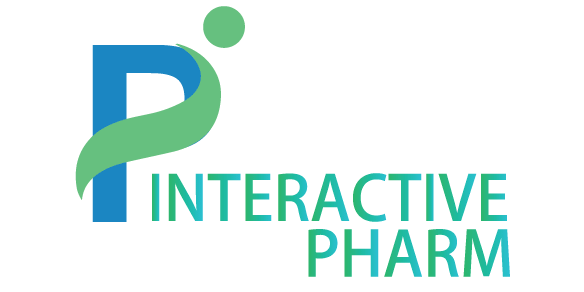While many of the conversations in the recently concluded INTERPHEX exhibition hall surrounded more mature, but increasing significant production technologies like single-use equipment and serialization management, there was one newcomer that definitely stood out. Amongst the educational sessions and product unveilings was a new pavilion dedicated to 3D printing.
Within this section Fraser Advanced Information Systems, Nextline and BioBots all offered attendees a closer look at how this technology could help streamline some of their operational challenges.
Nextline (www.nextlinemfg.com) is a service bureau that got its start from traditional molding and manufacturing processes, and later expanding to additive manufacturing. The company works with pharmaceutical processors by providing one-off replacement parts, scalable models and prototypes in materials including a nylon polymer, aluminum, stainless steel and a UV-cured plastic that closely resembles rubber.
The company specializes in selective laser sintering and direct metal laser sintering – both of which use a plastic or metal resin to build-up and bind materials together in creating a finished product. “Our customers typically upload the design data through our site, select a material and provide some additional information about the part or project,” states Greg Paulsen in describing how Nextline works with customers.
“If you’re looking to replace a part that can take a long time to get, requires special tooling to re-produce, or is quite expensive, 3D printing can be a very timely and cost-effective option.” Prototyping is still the primary application for 3D printing, with attendees investigating the technology’s potential to design better packaging and injectable delivery mechanisms to help answer market demands for more customized medicine.
While some of the materials are only suitable for prototyping, many can be used in production environments. Due to the fully sterilizable composition of the nylon, for example, these parts can be used as replacements on functional equipment.
The lack of welds also makes them desirable from an anti-contamination perspective. Paulsen points to examples such as sorting wheels that the company has produced specifically for pharmaceutical companies. Additionally, many bottles and other containers can be customized and utilized via 3D printing’s expanded capabilities. However, this technology is best suited for lower quantity production due to the cost of the materials and time required to produce an individual piece.
The theme coming from the pavilion seemed to be in challenging processors to examine their current approaches to low-quantity sourcing and see if 3D technology would allow for doing it faster, while preserving the value. Options include using a service provider like Nextline or working with the pavilion’s primary sponsor – Fraser Advanced Information Systems, a reseller of 3D Systems’ line of machines.
One of the most interesting points raised during my time in the pavilion helped underscore the potential significance of 3D printing moving forward. The pharmaceutical industry knows how to produce medicinal powder; the food industry has created edible binders; once the right ratios have been developed, could customized solid dosages be printed at home or in the pharmacy?
While the significant number of regulatory hurdles involved would obviously need to be addressed, these types of questions have processors looking at 3D technology in a very unique light.


